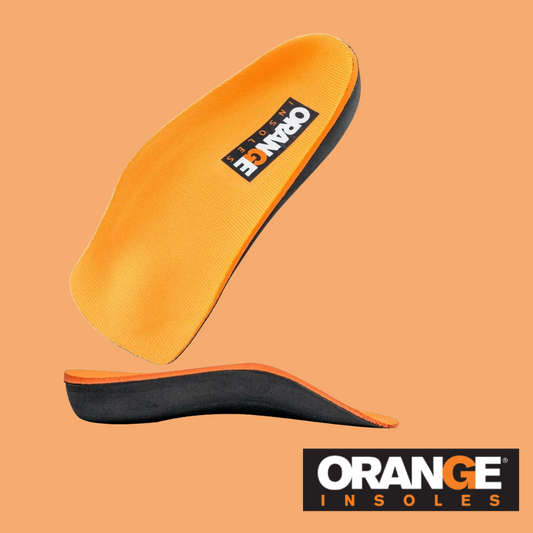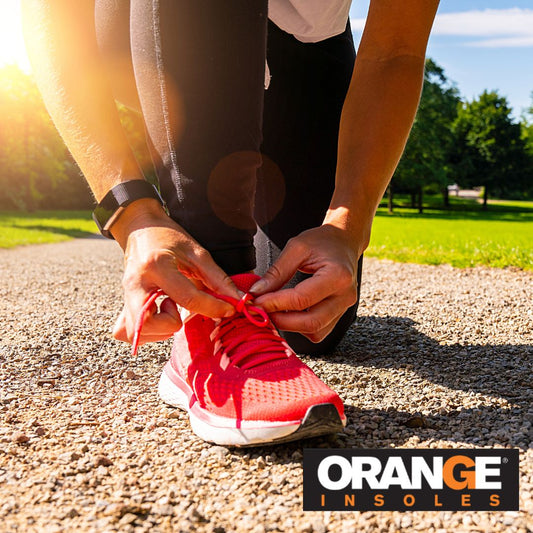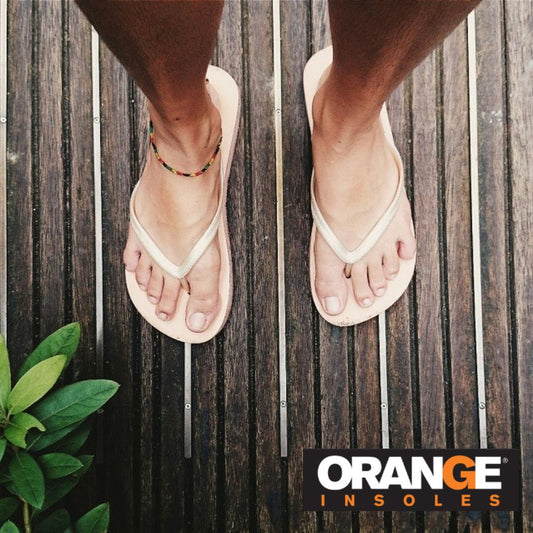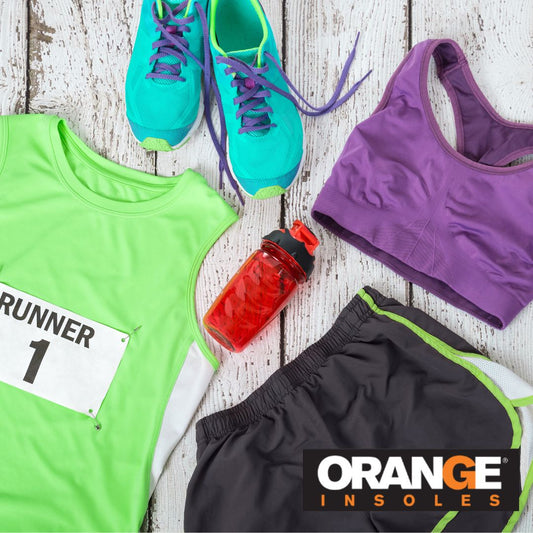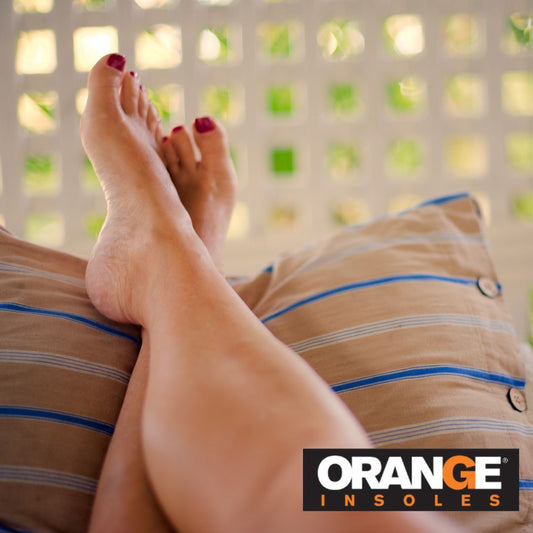If you're a weight lifter, you already know that the most important aspect of any weight lifting routine is practicing good form.
Improper form will not only work the wrong muscles, but it could also cause serious injury. For example, if you perform a chest or bench press incorrectly, you may end up using your shoulders and triceps, not your chest. The poor squat form can cause you to throw out your back. And so on.
If you're just starting a weight lifting routine and you're unsure of the proper form, it's a good idea to consult a personal trainer before getting started. Besides that, having decent arch support for weightlifting can reinforce good habits and maintain proper body alignment
Why Arch Support is so Important
Even the best footwear doesn’t come with the arch support that insoles can provide you. Gel and molded foam won’t distribute pressure in your feet the same way that more structured insoles will. Many people also think that arch support is only for your feet, but it’s really the foundation of your whole posture! Insoles with hard plastic inserts can help you prevent both less serious pains and injuries associated with overpronation, like:
- Achilles tendinitis
- Bunions
- Iliotibial band syndrome
- Plantar fasciitis
- Shin splints
- Pain in the heels, hips, back or knees.
While a lot of these are more common in runners, weightlifters have to worry about shock absorption in a different way. Arch support for weightlifting shouldn’t be overlooked. While heavy weights can make bones in the feet denser and tendons more resilient (especially with partial reps), the benefits will be minimal if you have poor body alignment.
Finally, always talk to your doctor if you think you have flat feet. There is a chance you will need prescription orthotics if you have other foot conditions.
Why Cushioning is Important
With the pressure of heavy weights, cushion in your insoles can take a lot of the impact. Having too much weight in one part of your foot can create a callus or leave you more susceptible to an overuse injury in that area. If you have high arches, you may experience metatarsalgia or pain in your heels. This is why our insoles have a metatarsal pad and a deep heel cup to keep these areas comfortable and as stable as possible. Keep in mind that the right insoles for weightlifting will be cushioned, but not so soft that they absorb all the weight and make it harder to lift.
General Alignment Tips:
While every exercise has its own posture and form, here are some alignment tips to follow no matter your workout.
- Your lower back should generally remain flat or slightly concave
- For most exercises, push your chest out and pull your shoulder blades together
- When torso alignment is needed, tilt the pelvis forward slightly to straighten your lower back
- Align all major joints in the horizontal or vertical plane
- Never slump your back
- Never strain your neck
- Never rock your body back and forth to generate momentum
- Maintain proper breathing: exhale forcefully through your mouth as lift the weight and inhale through your nose as you lower it
- Don't hold your breath
The Right Shoes
While you don't need a specific shoe for weight training (some lifts, like squats, are sometimes better performed without shoes), they can be helpful. Weightlifting shoes have a lifted heel which will increase the ankle's range of motion and the ability to stretch the achilles tendon. If you have a hard time sitting down into a squat, they can help you get more depth. Arch support for weightlifting along with the right shoes can allow you to get more power behind your lifts.
It's important to avoid sneakers with any sort of cushioning- like running shoes- because your feet will sink into the cushion and absorb some of the force you might need for the lift. If you have flat feet or any other type of condition that requires you to wear insoles, you may need to shave the heel of any weight lifting shoe you purchase in order to avoid extra lift in the heel.
It's important to note that you shouldn't wear your weightlifting shoes at home or during everyday activities. If you need to work on your alignment during your everyday activities in order to improve during your workout, Orange Insoles can help!




















